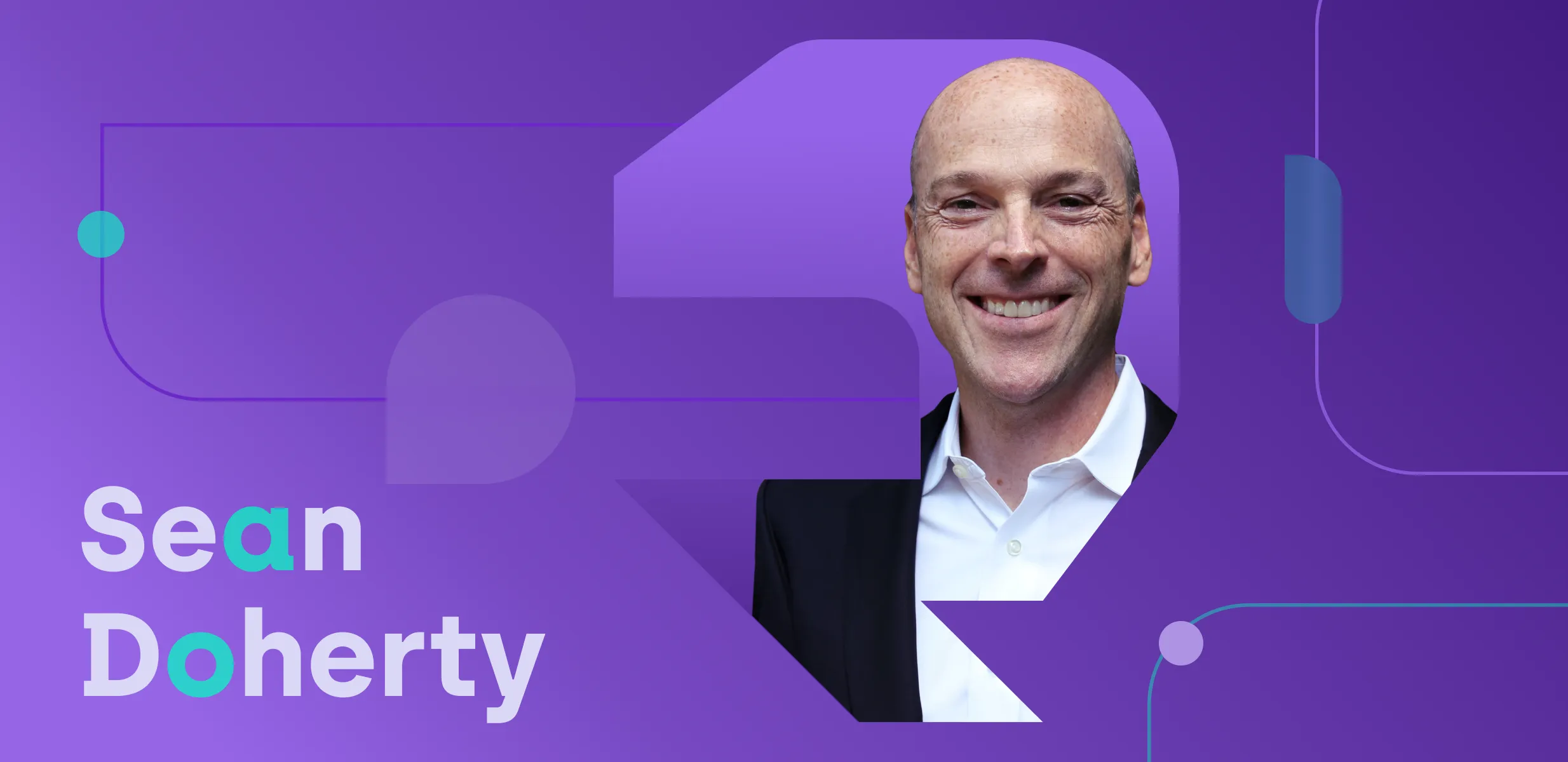
UX design in healthcare and why it really matters

It has long been noted that the healthcare industry is among the slowest to adopt new technology and digitalization. However, the last several years have seen the industry enter a phase of greater modernization with new technology. Spurred in part by the pandemic and the need for greater social distancing, the industry turned toward various digital healthcare solutions in an effort to provide vital services while reducing risks.
With the increase in digital transformation in healthcare, the need to offer a positive user experience has also grown. This applies not only to telehealth but also to administrative, diagnostic, and treatment solutions used by medical professionals.
Here’s how UX/UI design is already part of the healthcare industry, and what challenges and opportunities lie ahead!
How is UX/UI design used in the healthcare industry?
Healthcare has already made plenty of headway in using UX and UI and the effects have been significant and meaningful.
Why is ux/ui design important in the process? Good healthcare ux design can enable patients to make more informed decisions, and lower anxiety and uncertainty. It can reduce errors and thereby increase diagnostic and treatment efficiency. And it can also reduce cognitive load, reducing one of the factors that frequently lead to practitioner burnout. Among other things, the impact of digital transformation in healthcare has been to:
- Connect patients with professionals, enhance patient-physician communication, improve the use of electronic health records, help treat patients remotely, and raise the quality of information being provided
- Help personalize healthcare delivery through better planning and care delivery forecasting and improve patient experience
- Improve prevention and treatment thanks to IoT supplied patient data and powerful data analysis
- Reduce human errors via improvements in diagnosis such as better analysis of scans, images, and test results
- Optimize internal organizational processes and automated administrative and repetitive tasks
These are only some of the ways in which UX/UI design’s technological developments have had an impact. Yet, healthcare still has a lot to catch up to, compared to other industries, and now faces some of the following challenges.
Healthcare UX challenges
As it shifts gears and invests more resources in modernization, the healthcare industry is facing several main UX design hurdles. Following these ux principles is key in the provision of healthcare efficiency for patients, healthcare professionals, and companies alike.
Adaptability
Making a healthcare system adaptable and accessible has several aspects. For one, adaptability in the medical sector is about creating solutions that comply with existing standards for accessibility and navigation and that can interface with new technologies and devices that are entering the market. Unfortunately, solutions often remain siloed and isolated.
Secondly, adaptability is about interoperability and the ability to operate beyond borders. Healthcare technology used in different countries should exhibit properties adapted to the specifics of each local context, enabling users, rather than hindering them.
Thirdly, adaptability is about designs that are future-proof and can easily be updated when conditions and requirements change. A good ux design is flexible and adaptable and doesn’t start from scratch when updates are needed. All too often solutions are still designed with the current problems in mind but no idea about how to provide them with future flexibility.
Design that accommodates
Ideally, a tool’s ux design must make users feel like the solution accommodates them, and not the other way around. It’s about making them feel like they’ve always used the tool.
Yet, all too often companies end up prioritizing one user group over another. Often ux/ui solutions intended for healthcare workers are clunky, more complex, and difficult to use, and can significantly impede them in their work. Here, UX designers and developers must make a concerted effort not to sacrifice the needs and interests of one group over another. When one group is struggling, all are affected.
The effort to accommodate all user groups is part of the overall democratization of healthcare UX design and the move toward creating healthcare technology that is available and accessible however and wherever they are needed.
Simplifying complex processes
Even in the most developed countries, healthcare still is associated with piles of paperwork, complex legacy systems, slow communication, and sometimes dizzying processes and steps. Naturally, this is frustrating for all parties involved.
Healthcare UX design is faced with turning this challenge around and creating simple, straightforward, and fast solutions. Of course, this is easier said than done, given the various legal, economic, and other hurdles in the way.
But as far as UX design goes, we can’t claim that all options and possibilities have been exhausted. Simplifying navigation, using ux wireframes, streamlining usability features, incorporating assistive functionalities, enhancing and enabling communication, minimizing the process, and reducing distractions and unnecessary steps - all of these are part of creating simpler and easier-to-use tools.
The future of healthcare UX design
Healthcare’s future is not all challenges and no fun. It’s also about exciting new opportunities and ux trends that will help deal with these challenges, and reformulate what healthcare means.
Voice user interfaces (VUI)
Contact-free interfaces and operations are one consequence of the pandemic. An increase in such interfaces, coupled with a graphic user interface (GUI), is already a fact, and will likely continue in the coming years. On this level, VUIs serve to improve user-friendliness and safety without sacrificing the quality of service.
VUIs also include those solutions that utilize interactive phone calls to engage patients, help them prepare for procedures, remind them to schedule a check-up, solicit feedback, and more. Given the very real limitations of medical staff, creating such solutions can help take care of all of the above tasks, thereby freeing time and resources to improve patient care elsewhere.
Wearable tech in healthcare
Wearable devices have been around for a number of years already. However, their impact will only increase as they improve, and continue to provide detailed data about their users’ health and habits.
Gone is the time when wearable devices were about counting steps, monitoring the duration of sleep, or just fitness trackers. Now such devices can help keep track of a host of vitals and detect early signs of sickness, help with remote patient monitoring, and provide meaningful suggestions and reminders for lifestyle improvements.
And not only are they helping improve users’ well-being but in the future, they will also significantly aid medical staff by saving them time and helping them diagnose patients faster.
Chatbots in healthcare
As AI improves, so do solutions that can take over tasks once performed by people. Chatbots offer such a possibility, allowing healthcare providers to attend to what really matters - caring for patients.
Helping patients book appointments, sending reminders, providing information, collecting feedback, and checking on health status - all these are becoming possible with well-designed chatbots. And that’s just the beginning. It is expected that as they develop, such solutions will also be capable of diagnosing illnesses, helping manage chronic conditions, and more.
Modernize your healthcare solution with Resolute Software
Resolute Software has extensive experience in digital transformation in healthcare. Over time, we have worked with a number of global medical organizations among which Fortune 100 companies.
A more recent major project includes the modernization of a healthcare app for a global manufacturer of diagnostic imaging and radiopharmaceutical products. We also developed a healthcare mobile app for a global health organization that provides critical health information in 6 languages and in 30 regions around the globe.
Ready to start your new digital journey in healthcare? Just get in touch to learn more about our UX assessment and how Resolute Software can contribute to your medical organization’s digital efforts.
FAQs
Good UX design can significantly improve healthcare for patients, doctors, and organizations. It can enhance communication, diagnosis, treatment, and prevention. It can also help medical organizations reduce errors, keep electronic health records, lower cognitive load for healthcare providers, and help streamline administrative and repetitive tasks.
Healthcare UX designers create solutions that improve the provision of healthcare services, as well as the administration of healthcare facilities. Their goal is to make healthcare apps and systems as intuitive, straightforward, and simple as possible.
Clinical UX is about the experiences that doctors and patients have with healthcare technology. It concerns how they connect and interact with medical technology, what impact this has on them, and their overall experience of the provision of healthcare services.






